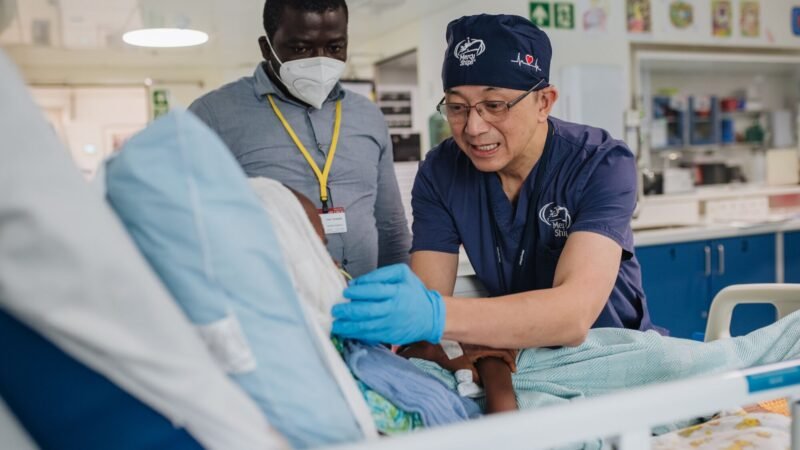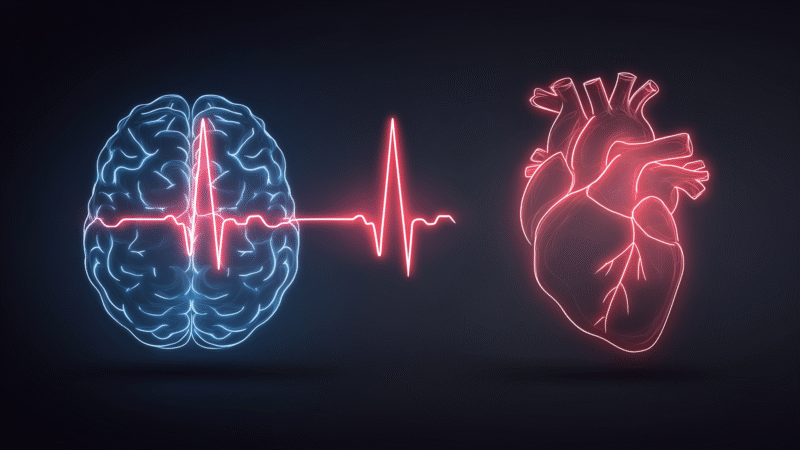Vagus Nerve Stimulation (VNS): A Game-Changer for PTSD Treatment in Soldiers and Emergency Workers
Post-traumatic stress disorder (PTSD) is a growing global challenge. From war zones to emergency rooms, individuals exposed to trauma often struggle with chronic stress, emotional dysregulation, and debilitating symptoms. However, innovative neuroscience is offering new hope. Studies reveal that Vagus Nerve Stimulation (VNS) reduces PTSD symptoms by 31%, providing a powerful, drug-free solution for frontline workers and trauma survivors.
Why PTSD Treatment Needs Innovation
Cases of PTSD are surging due to ongoing conflicts, political unrest, and economic instability. Soldiers, paramedics, and emergency responders frequently endure extreme conditions, leaving them vulnerable to long-term psychological effects.
In the U.S., nearly 8% of veterans experience PTSD, compared to 6.1% of the general population. However, PTSD is not limited to combat zones. It affects:
-
8% of firefighters
-
22% of psychiatric nurses
-
Police officers, healthcare professionals, and disaster response teams
Traditional treatments, such as Cognitive Behavioral Therapy (CBT) and SSRIs, don’t work for everyone. Therapy requires time and emotional effort, while medications often cause side effects like insomnia, fatigue, and sexual dysfunction.
This is where Vagus Nerve Stimulation comes in—a non-invasive, technology-driven solution designed to regulate the nervous system and reduce PTSD symptoms effectively.

How VNS Reduces PTSD Symptoms
The vagus nerve is a key player in the body’s stress response system. It regulates the autonomic nervous system, shifting it between “fight-or-flight” and “rest-and-digest” states.
PTSD causes the nervous system to remain in a constant state of high alert, making it difficult to relax, sleep, or think clearly. VNS helps rebalance the autonomic nervous system, promoting relaxation and emotional stability.
“Living with PTSD can feel like being stuck in a constant state of high alert,” explains Povilas Sabaliauskas, neuroscientist and co-founder of Pulsetto. “VNS empowers the body to shift from tension to recovery.”
Recent studies published in Psychology Today and the Journal of Clinical Psychiatry confirm that VNS:
-
Lowers stress hormone levels (cortisol)
-
Improves emotional regulation
-
Reduces anxiety and insomnia
-
Enhances sleep quality
When stimulated, the vagus nerve signals the brain to restore balance, promoting rational thinking, decision-making, and emotional control—crucial for individuals in high-pressure environments.
Pulsetto: Making VNS Accessible with Wearable Devices
Pulsetto, a Lithuanian-based health tech company, is making VNS technology more accessible through its wearable device. The company recently secured a €2 million investment from Scalewolf to expand its VNS solutions into the defense sector.
Designed for effortless, daily use, Pulsetto’s device is:
-
Wearable and non-invasive – Unlike implanted VNS devices, Pulsetto is hands-free and app-controlled.
-
Built for frontline workers – Soldiers, paramedics, and first responders can use it in high-stress situations without medical supervision.
-
Boosting performance and recovery – By improving sleep and reducing stress, the device helps personnel recover faster between missions or shifts.
“PTSD recovery is just one part of the equation,” says Sabaliauskas. “Stress management has to happen in real time. With Pulsetto, personnel can stabilize their nervous system before stress spirals out of control.”
Beyond PTSD: VNS Enhances Mental Resilience and Performance
Pulsetto’s VNS technology isn’t just about treating PTSD—it’s about enhancing mental resilience. For soldiers and first responders, managing stress in real-time is critical.
“Sleep is a major factor too,” adds Majorovas, Pulsetto’s co-founder. “We can help people recover faster, which improves their overall performance. It’s not just about mental health—it’s about operational effectiveness.”
Expanding Treatment Options: VNS as a Complementary Therapy
While CBT and medication remain standard PTSD treatments, VNS offers a drug-free, complementary solution. It can:
-
Enhance the effectiveness of therapy and medication
-
Reduce reliance on prescription drugs
-
Offer relief for patients unresponsive to traditional treatments
“VNS isn’t meant to replace therapy or medication,” emphasizes Sabaliauskas. “It’s an additional tool that makes both work better. For some, it means fewer panic attacks or better sleep. For others, it might reduce reliance on medication. The goal is to expand options—not replace them.”
The Future of PTSD Treatment: Technology-Driven Solutions
As global stress levels rise, VNS is emerging as a vital tool for mental health management. By empowering soldiers, paramedics, and emergency workers with real-time stress regulation, Pulsetto’s wearable device is revolutionizing PTSD care.
With reduced symptoms, better recovery, and improved resilience, VNS technology is reshaping the future of mental health care—one pulse at a time.



